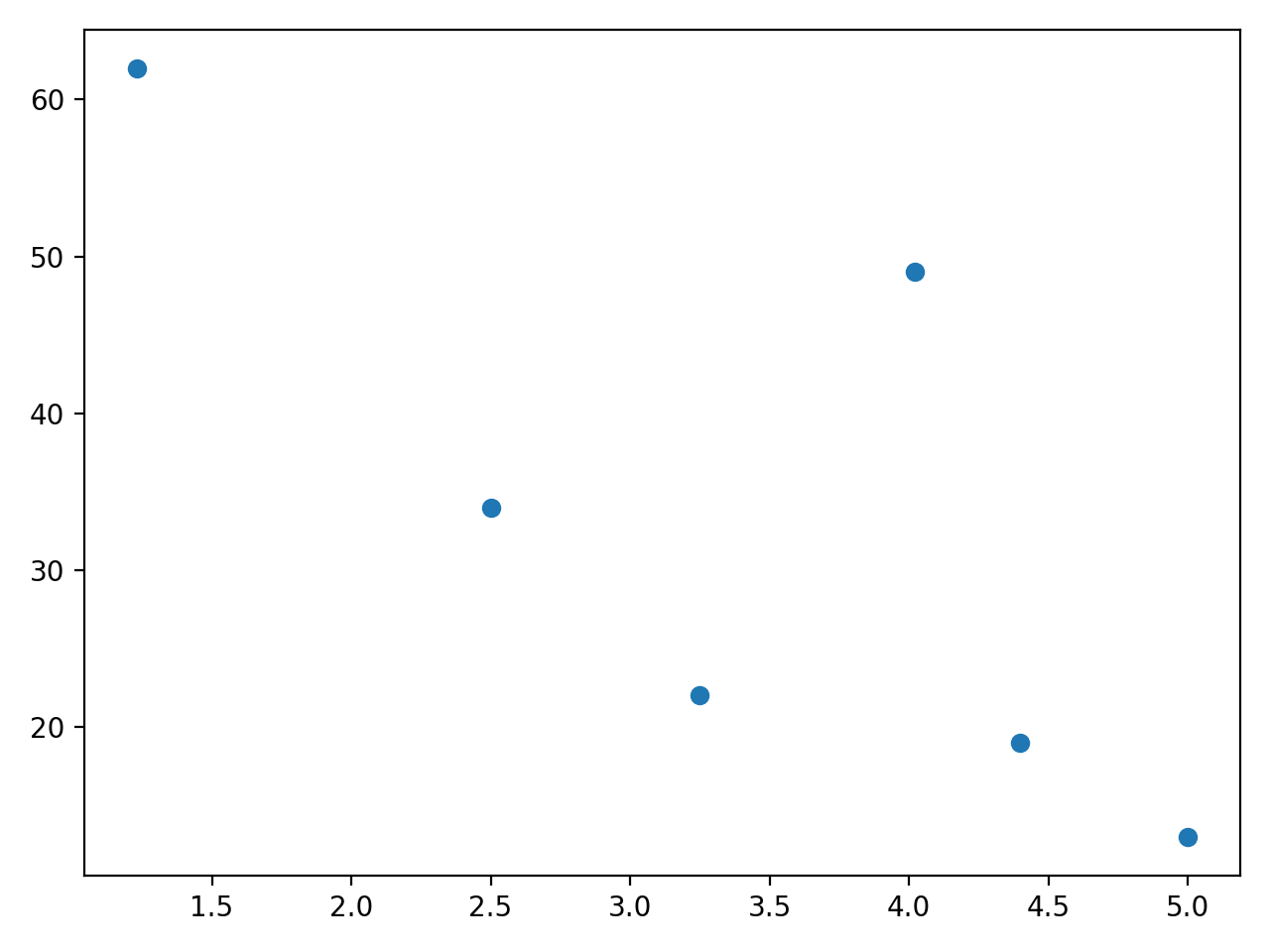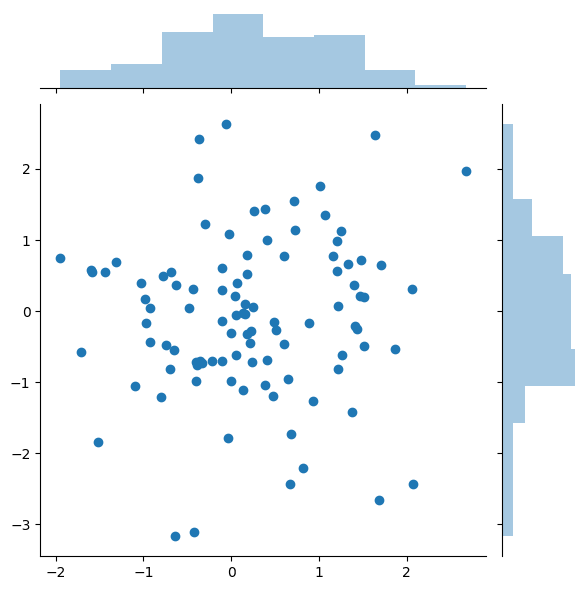
- #LINES BETWEEN DOTS SCATTER PLOT PYTHON HOW TO#
- #LINES BETWEEN DOTS SCATTER PLOT PYTHON CODE#
- #LINES BETWEEN DOTS SCATTER PLOT PYTHON FREE#
You can find the complete documentation for the regplot() function here. Thus, you just have to add a geompoint() on top of the geomline() to. #create scatterplot with regression line and confidence interval lines A connected scatterplot is basically a hybrid between a scatterplot and a line plot. The first is simply a lineplot with dots added on top of it. You can choose to show them if you’d like, though: import seaborn as sns A connected scatterplot is a line chart where each data point is shown by a circle or any. Note that ci=None tells Seaborn to hide the confidence interval bands on the plot. You can also use the regplot() function from the Seaborn visualization library to create a scatterplot with a regression line: import seaborn as sns
#LINES BETWEEN DOTS SCATTER PLOT PYTHON HOW TO#
For example, here’s how to change the individual points to green and the line to red: #use green as color for individual points
#LINES BETWEEN DOTS SCATTER PLOT PYTHON FREE#
#add linear regression line to scatterplotįeel free to modify the colors of the graph as you’d like. columns'length', 'width', 'species') > ax1 df.plot.scatter(x'length'. #obtain m (slope) and b(intercept) of linear regression line Let’s see how to draw a scatter plot using coordinates from the values in a DataFrame’s columns.
#LINES BETWEEN DOTS SCATTER PLOT PYTHON CODE#
The following code shows how to create a scatterplot with an estimated regression line for this data using Matplotlib: import matplotlib.pyplot as plt This tutorial explains both methods using the following data: import numpy as np create data x np.array ( 1, 1, 2, 3, 4, 4, 5, 6, 7, 7, 8, 9) y np. scatter(tbl,MyX,MyY,ColorVariable,M圜olors) creates a scatter plot from data in a table, and customizes the marker colors using data from the table. import numpy as np import matplotlib.pyplot as plt from scipy.interpolate import interp1d xnp.array ( 0.1, 0.3, 0.5, 0.7, 0.9, 1.1, 1.3, 1.5, 1.7, 1.9, 2) ynp.array ( 0.57,0.85,0.66,0.84,0.59,0.55,0.61,0.76,0.54,0.55,0.48) xnew np.linspace (x.min (), x.max (),500) f interp1d (x, y, kind'quadratic') ysmoothf (xnew) plt.plot (x.

y) Example 4: Customize the scatter plot plot. scatter ( x 'x', y 'y', s 100, c 'purple') Example 3: create scatterplot plot.

scatter ( x 'x', y 'y') Example 2: organize the scatter plot df. This tutorial explains both methods using the following data: import numpy as np Fortunately there are two easy ways to create this type of plot in Python. below are the quick examples Example 1: Create scatter plot df. They can do so because they plot two-dimensional graphics that can be enhanced by mapping up to three additional variables using the semantics of hue, size, and style.Often when you perform simple linear regression, you may be interested in creating a scatterplot to visualize the various combinations of x and y values along with the estimation regression line.įortunately there are two easy ways to create this type of plot in Python. Scatterplot() (with kind="scatter" the default)Īs we will see, these functions can be quite illuminating because they use simple and easily-understood representations of data that can nevertheless represent complex dataset structures. relplot() combines a FacetGrid with one of two axes-level functions: This is a figure-level function for visualizing statistical relationships using two common approaches: scatter plots and line plots. We will discuss three seaborn functions in this tutorial. Visualization can be a core component of this process because, when data are visualized properly, the human visual system can see trends and patterns that indicate a relationship. Statistical analysis is a process of understanding how variables in a dataset relate to each other and how those relationships depend on other variables.


 0 kommentar(er)
0 kommentar(er)
